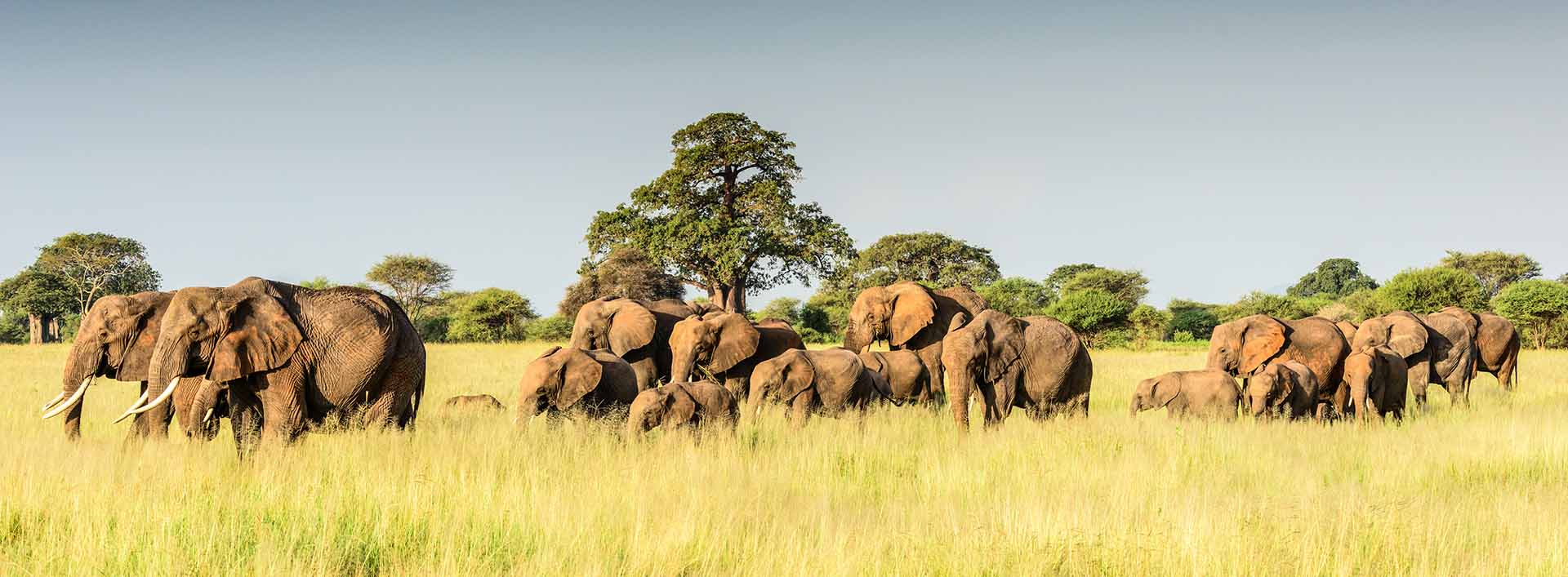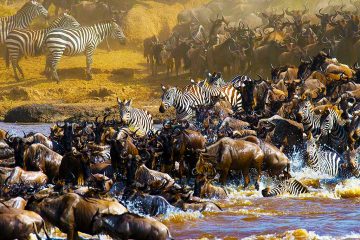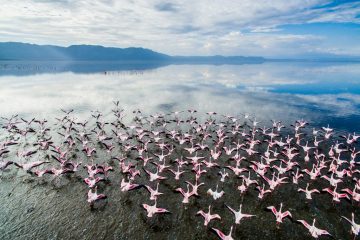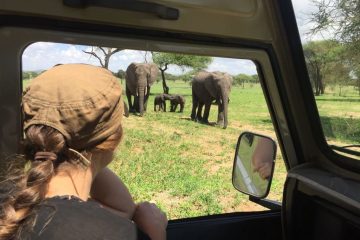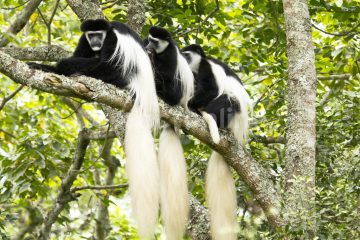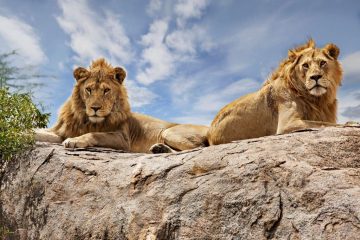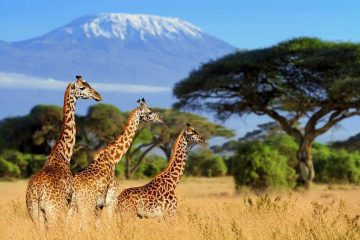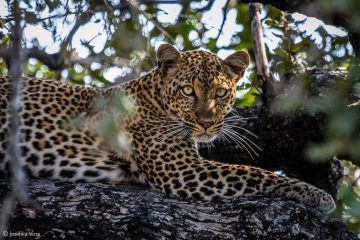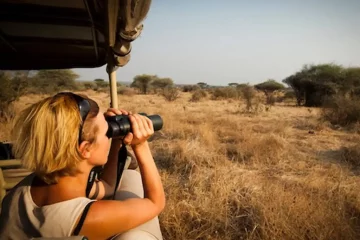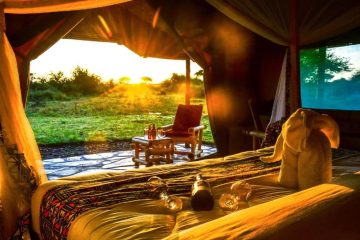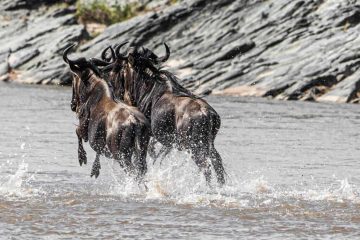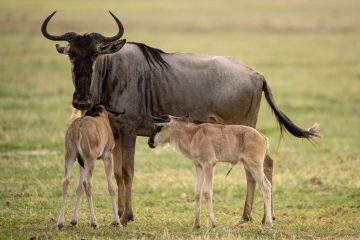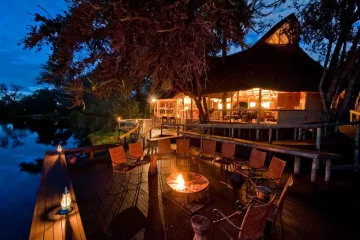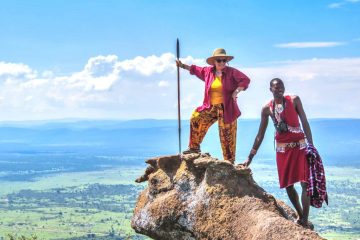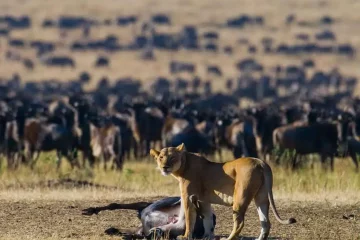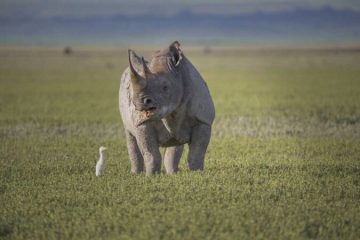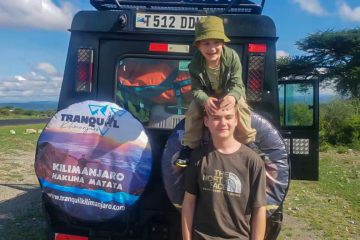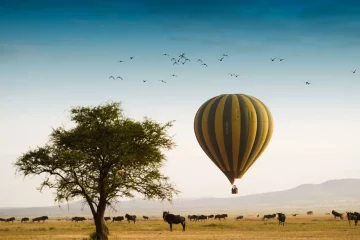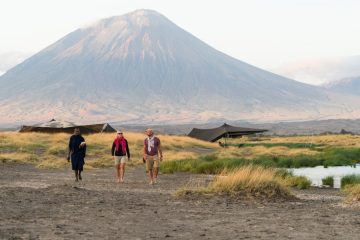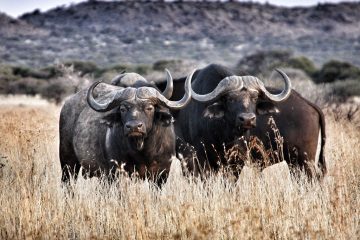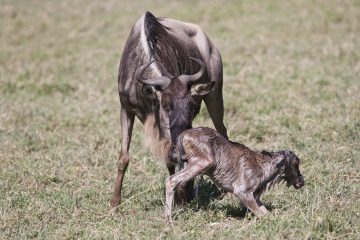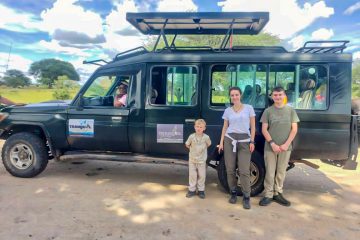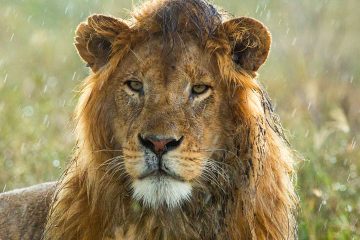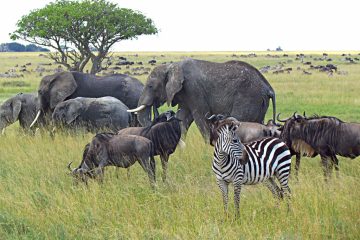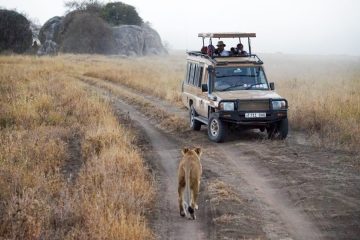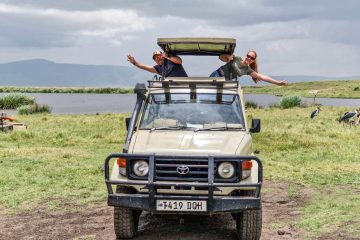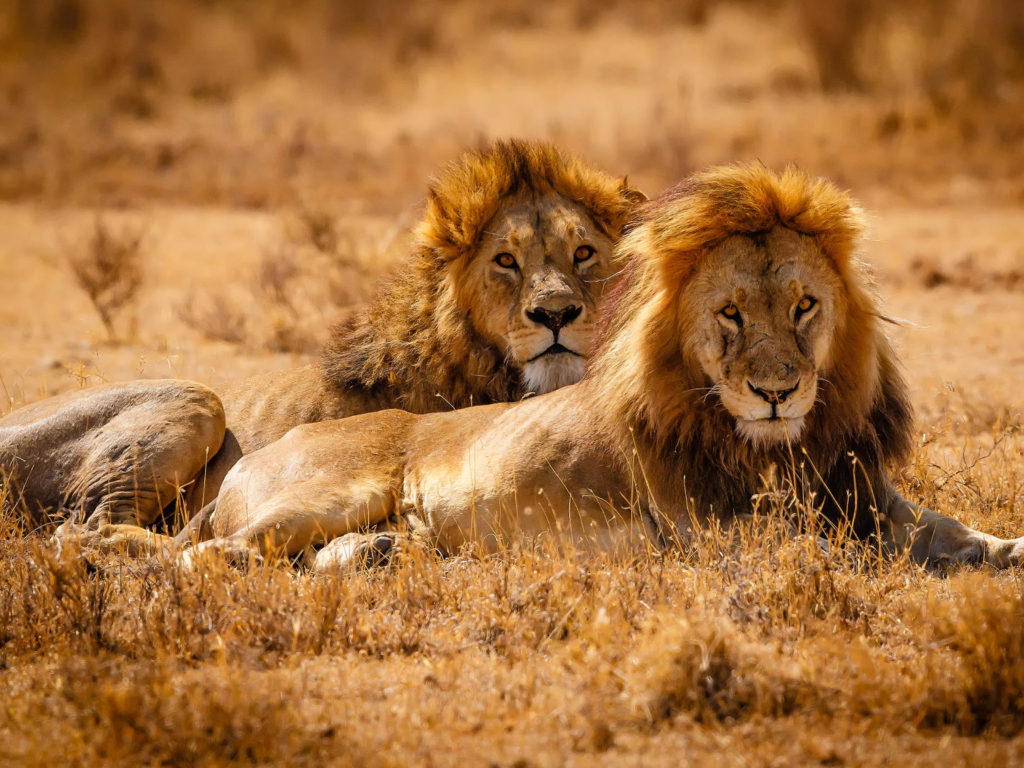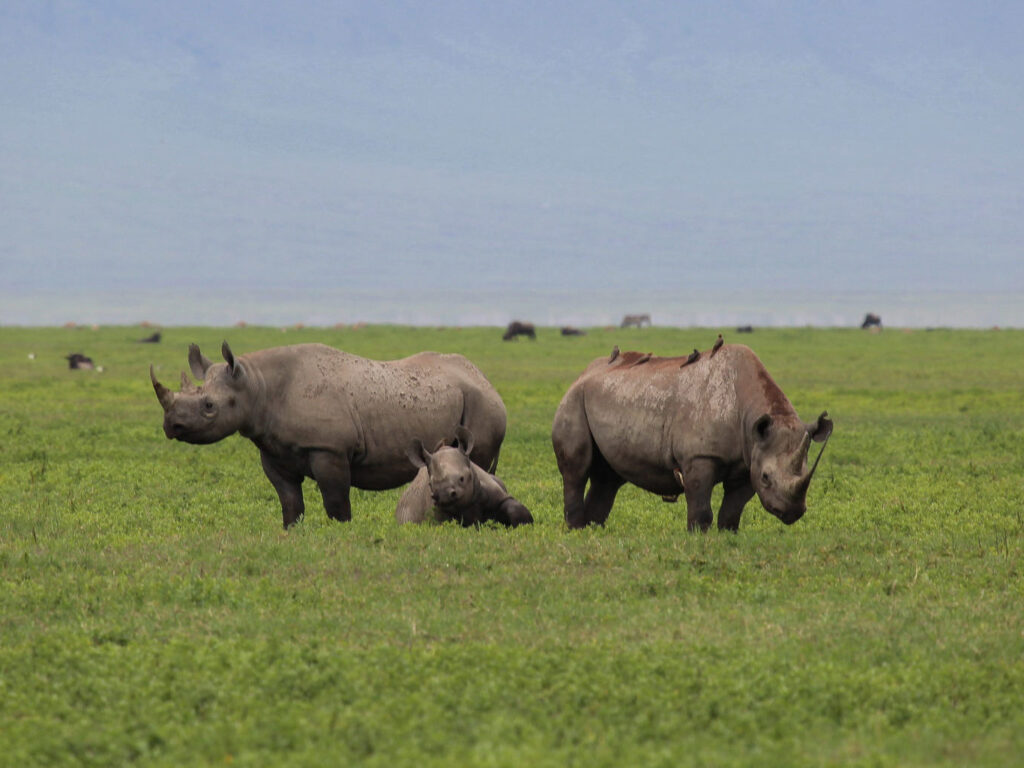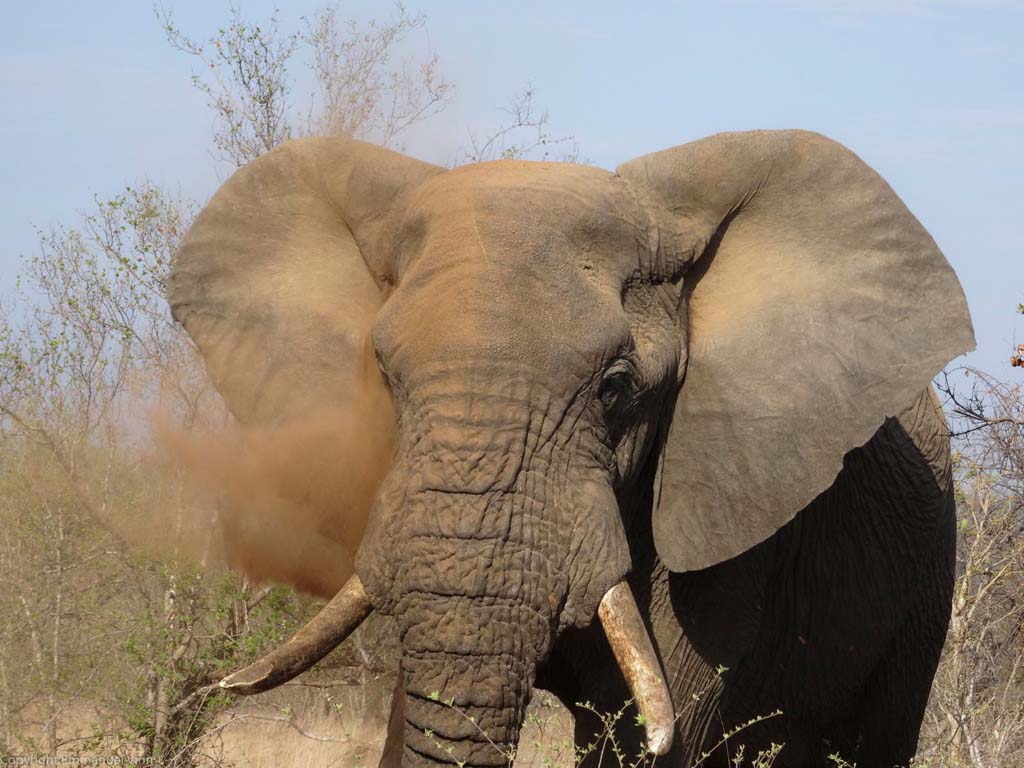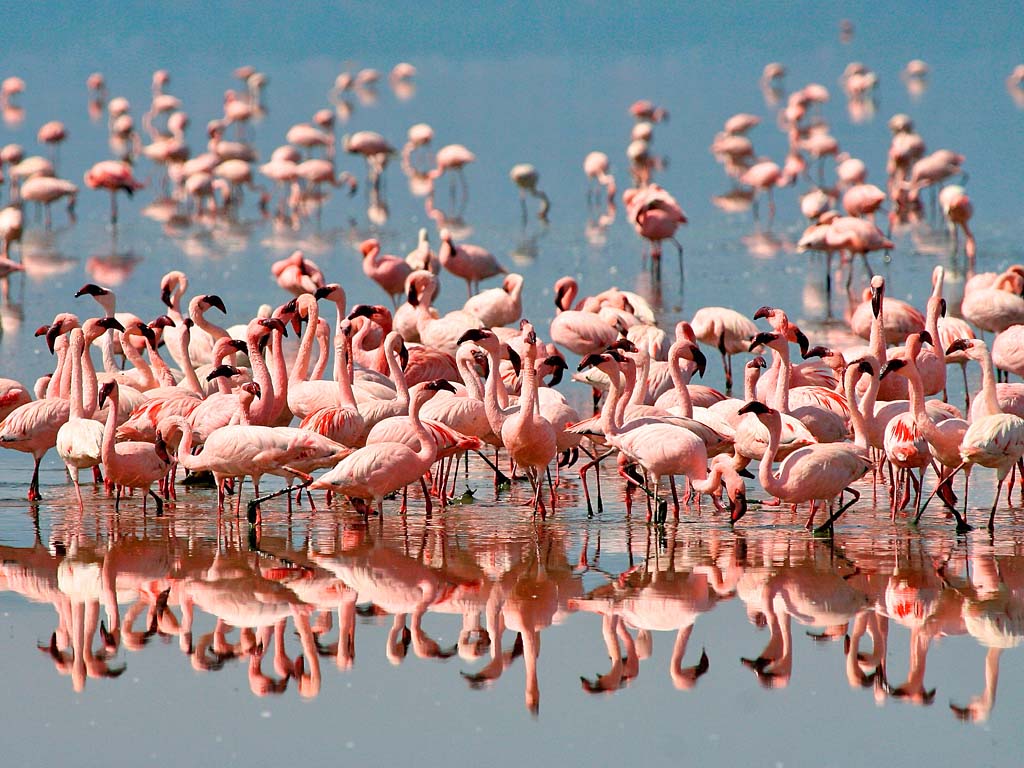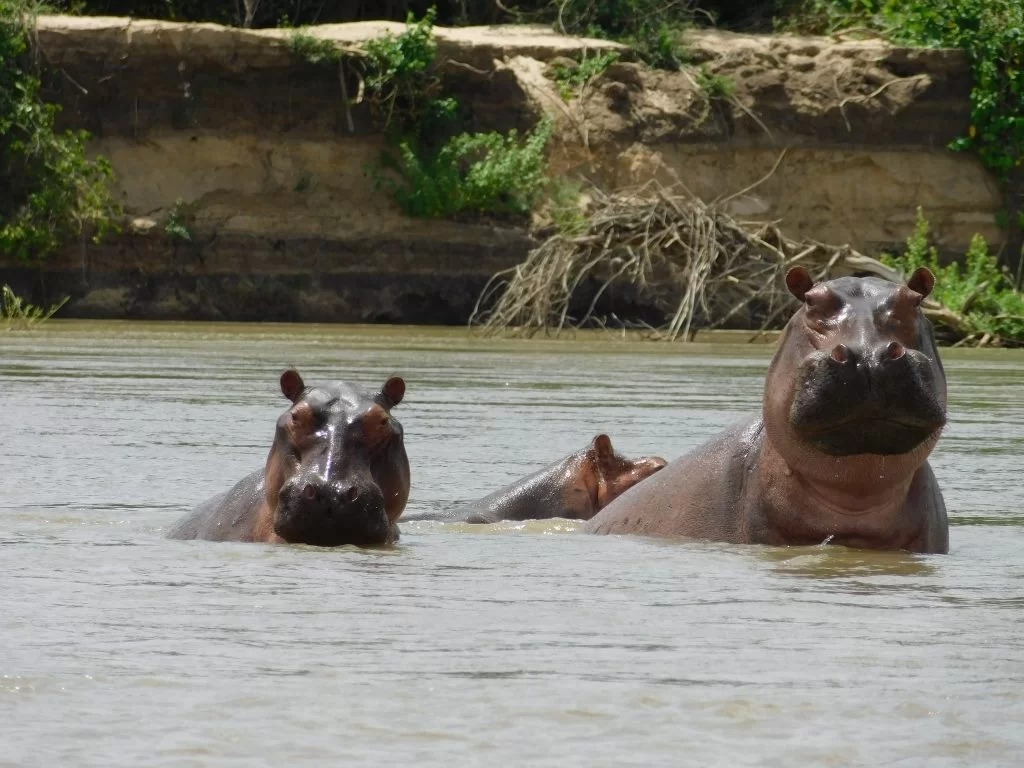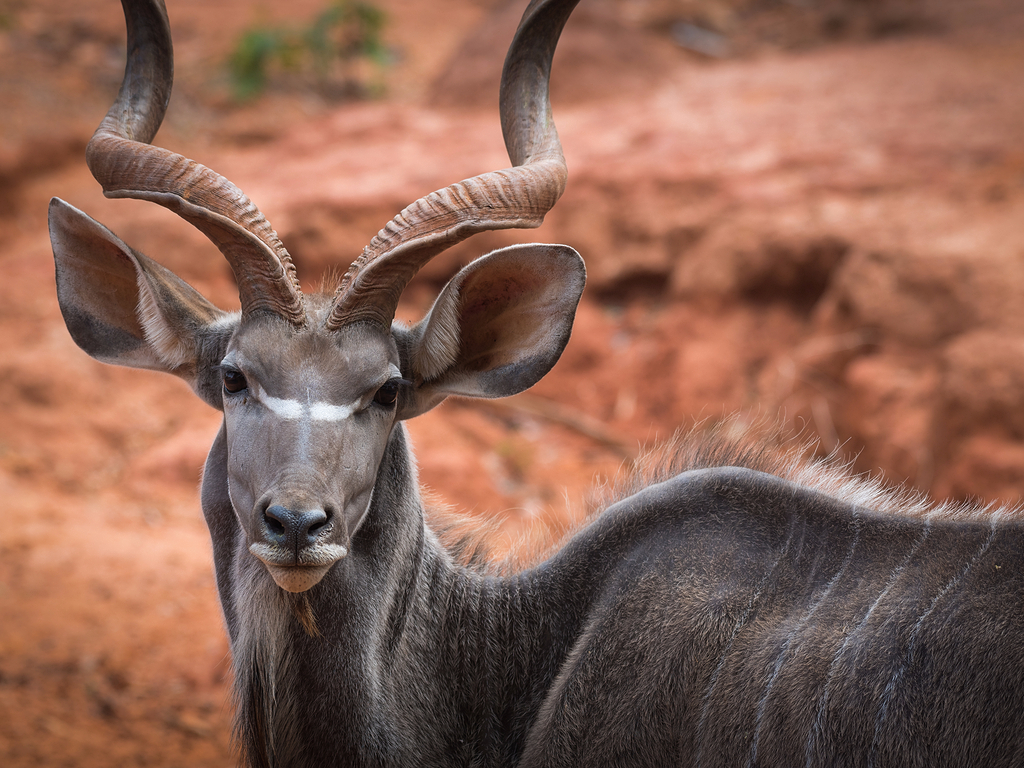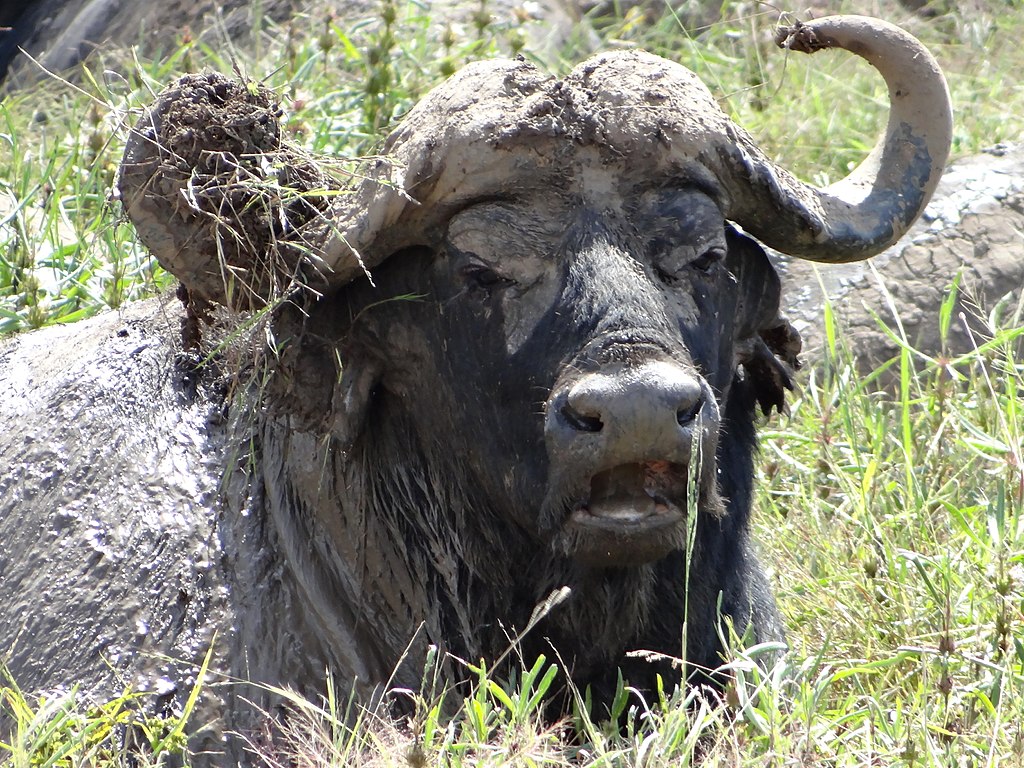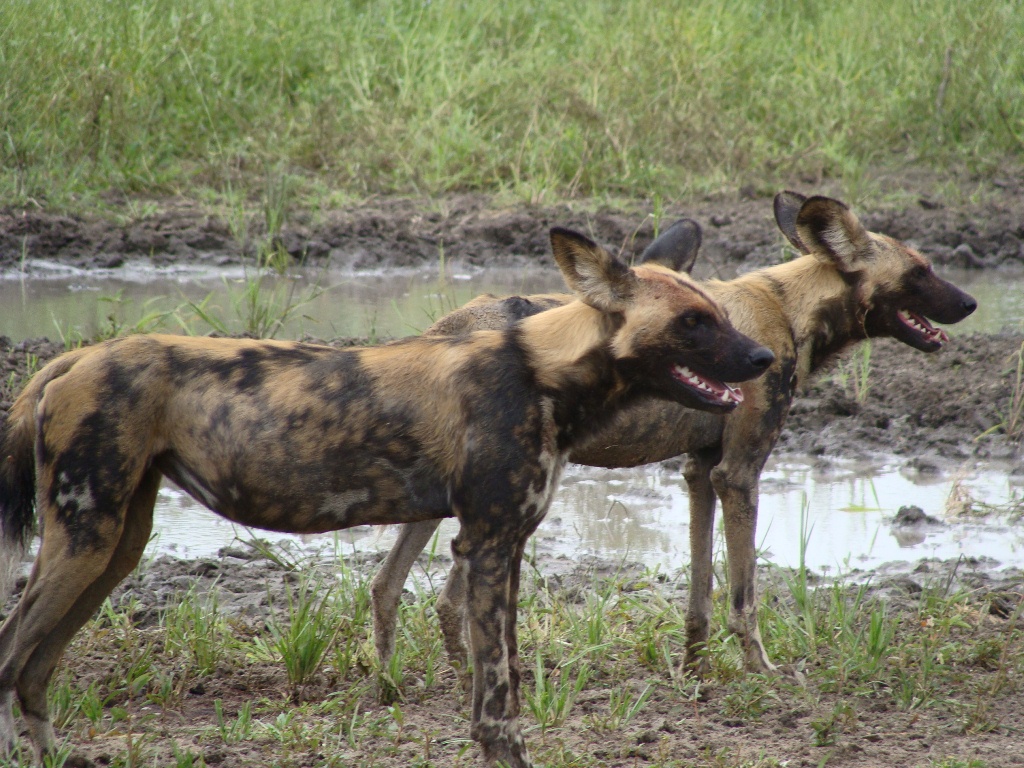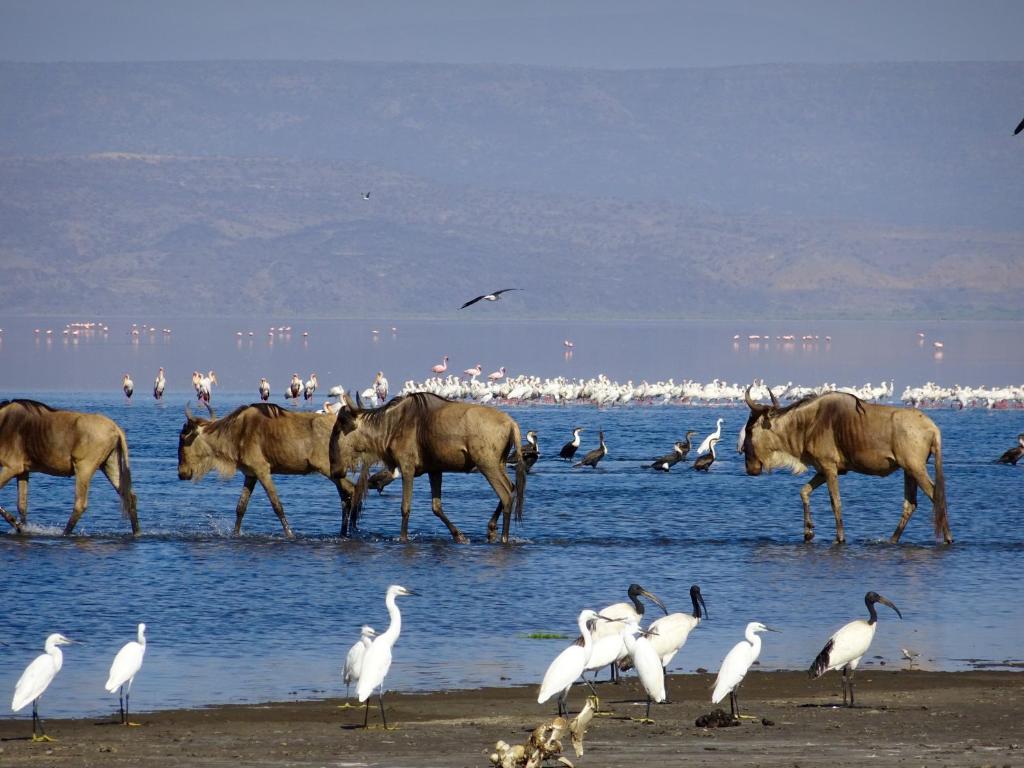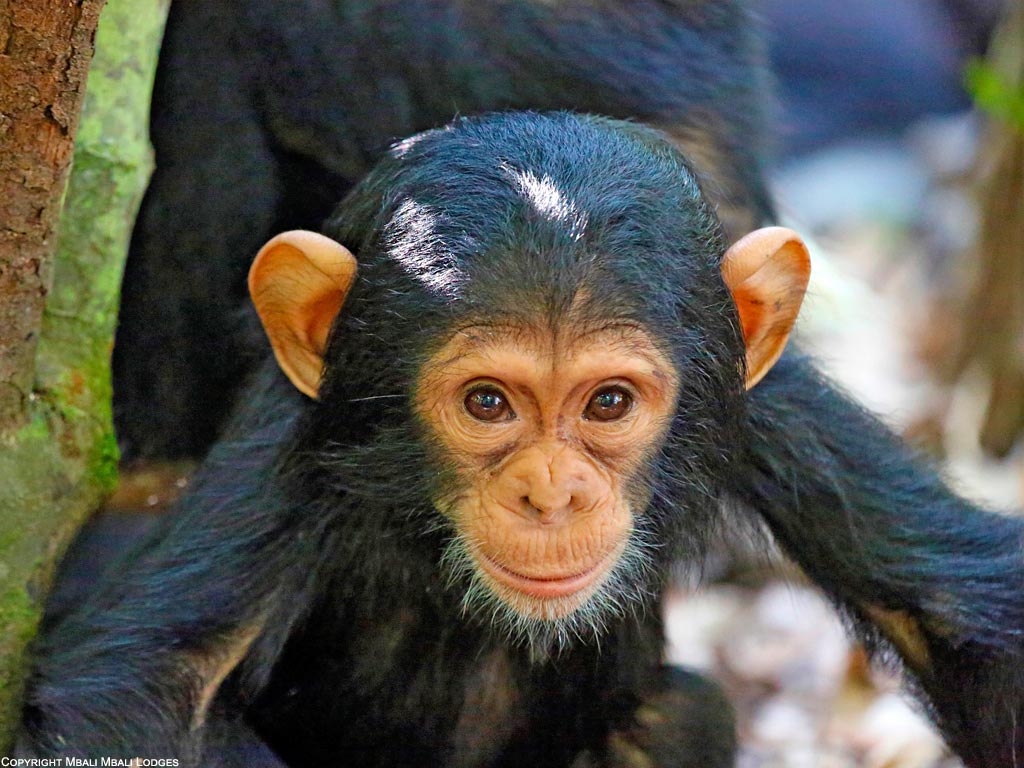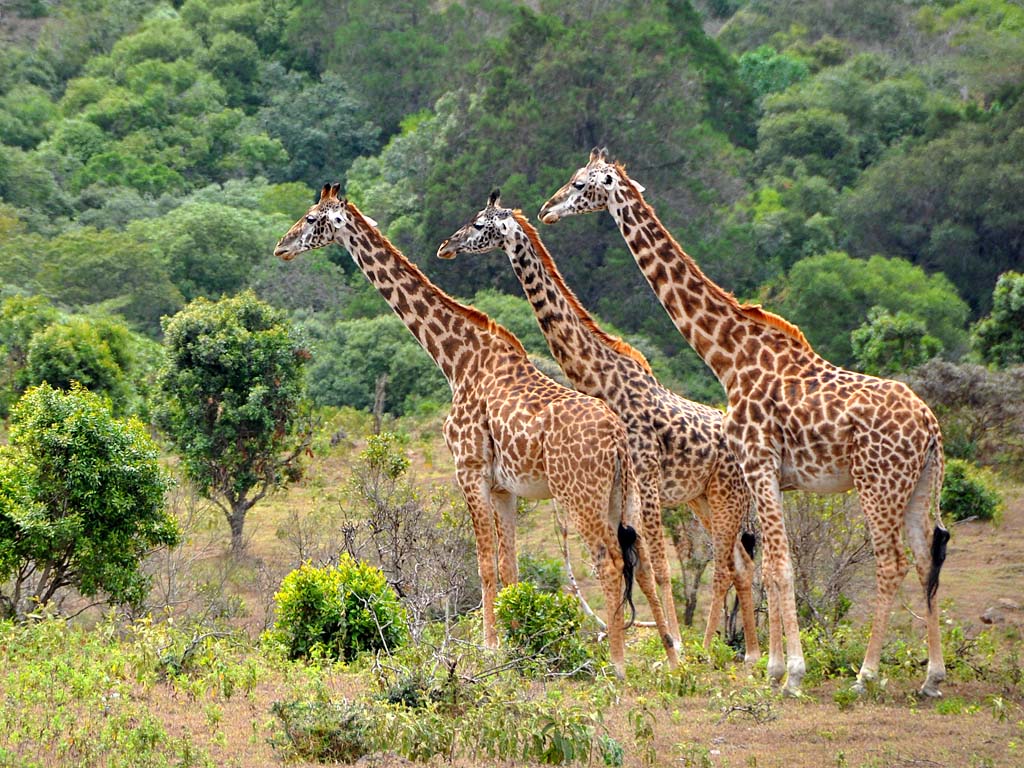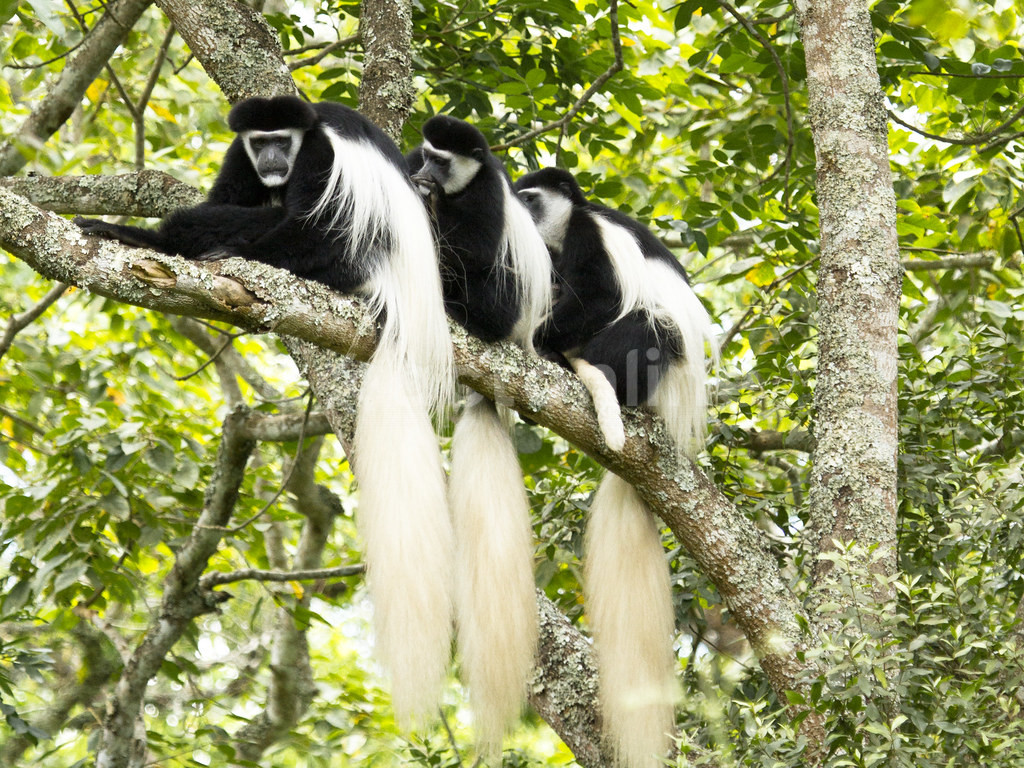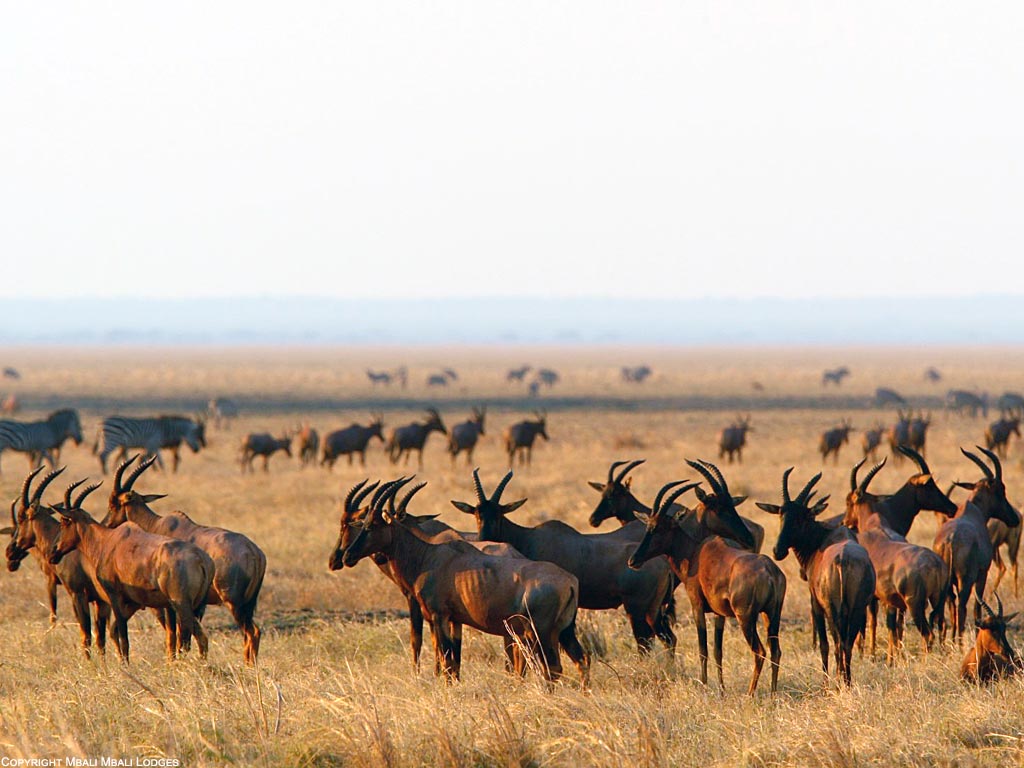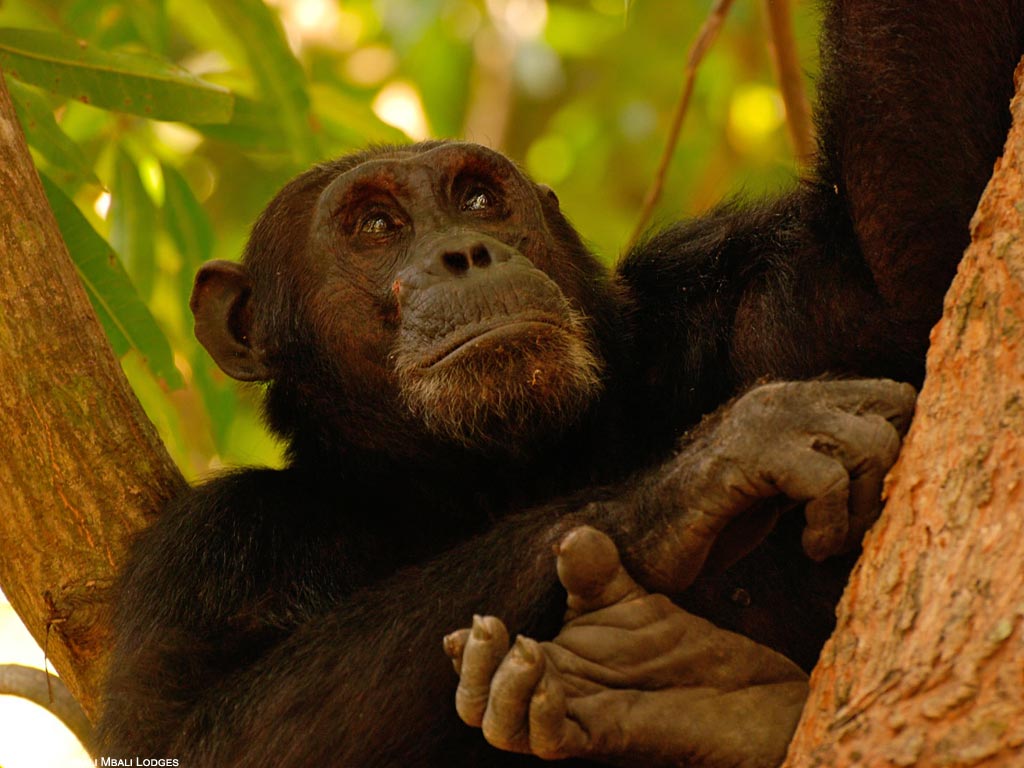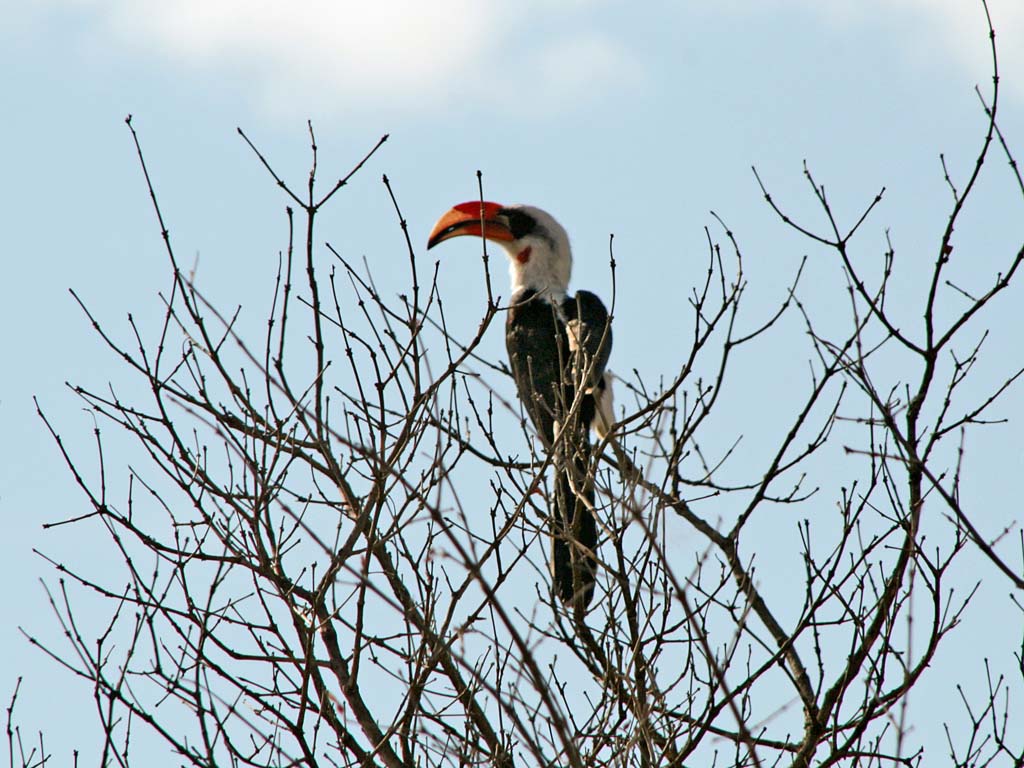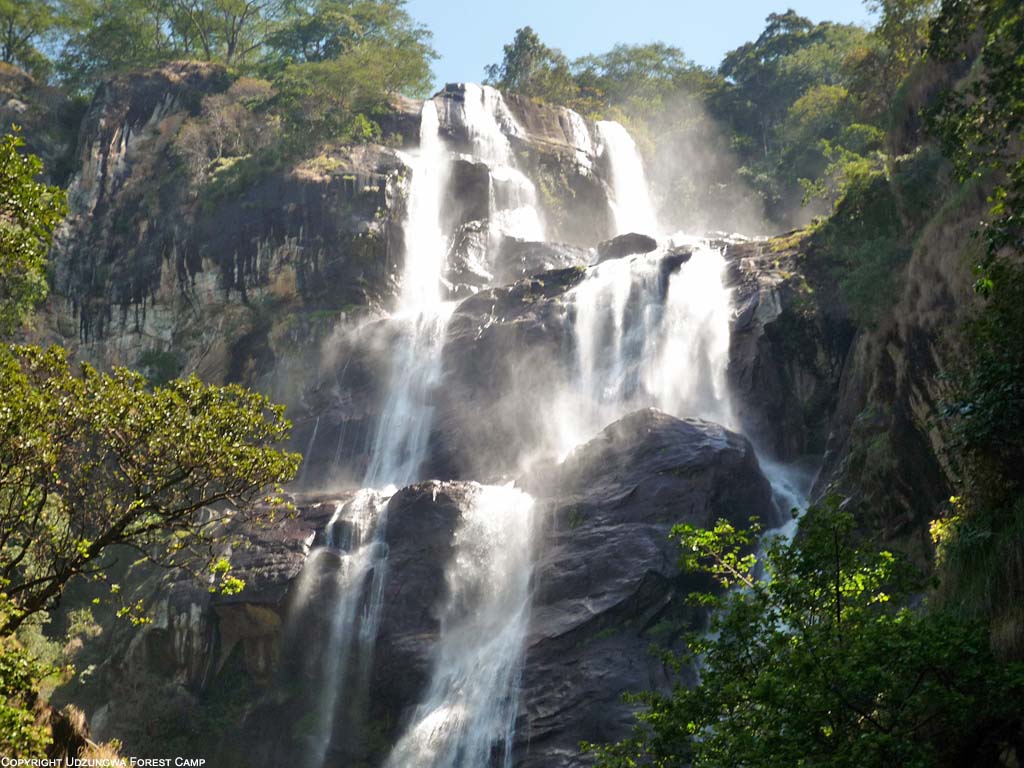Bird Watching at Tarangire
Tarangire is home to massive flocks of birds — the park has over 500 species identified to date, making it a true birdwatcher’s heaven! Ostriches, eagles, lovebirds, weavers, barbets, parrots, pelicans, nightjars, starlings, babblers, and the intriguingly titled bare-faced go-away bird are among the many feathered companions to be found in Tarangire’s wide and varied landscape. If you enjoy birdwatching, don’t forget to bring your binoculars.
As a result, the park’s south end feels really secluded and devoid of visitors.
Is it possible to see the Big Five in Tarangire?
Unfortunately, because of a shortage of rhinos in Tarangire, viewing the Big Five (rhino, elephant, buffalo, lion, and leopard!) is not feasible. Tarangire, on the other hand, is one of Africa’s most well-known elephant-viewing destinations. Approximately 3,000 elephants descend into the Tarangire marsh system during the dry season, making for a spectacular sight. Buffalo and lions are also prevalent, although leopard sightings are difficult. We anticipate you will see leopard throughout the course of your three-day visit, but this cannot be guaranteed.
When is the best time to visit Tarangire for wildlife viewing?
Tarangire, like the majority of parks, is a traditional dry-season park, with game densities improving as the year progresses. The huge herds concentrate on the Tarangire river system from July to October, making this the optimum time of year to visit. The herds migrate south to the Maasai Steppe for the rest of the year, with some animals migrating in the reverse direction, as far north as Amboseli in Kenya! Out of season is a terrific time to come since visitors will find a park that is blissfully devoid of guests and will be able to enter it for incredible low-season costs… Tarangire, on the other hand, will be missing most of its game!
Of course, resident wildlife stays, and the park remains exciting in our opinion – but when the herds go, game populations decrease noticeably.
How much does it cost to visit Tarangire National Park?
In the park, like in so many other places in Africa, the periods right on the cusp of peak season and low season are when you can get the best deal. We’ve always advised that traveling around November 1st is a fantastic time to visit. On this date, all lodges reduce their rates, and because the rains haven’t yet arrived, you may enjoy August/September game viewing at low-season pricing!
Tarangire National Park Safaris
The park’s principal activity has traditionally been regular game drives, but in recent years, TANAPA (the National Park Authority) has added a variety of activities that other national parks envy. Each lodge has its own set of activities, although the majority of them revolve on typical game drives. Tarangire is Tanzania’s only national park where you may go on a night safari as well as walk and fly camp, making it the park with the most diverse range of safari activities. The Northern Circuit’s secret jewel.
Our favorite Tarangire camp and lodges
Within the park, there are just a few decent campgrounds in the best sites. Kuro, Oliver’s, and Swala are our favorites, but we also enjoy Lemala and Mawe Ninga’s more daring approach.
Travel tips Tarangire
- First and foremost, stay within the park! Traveling to and from Tarangire’s main gates at the start and conclusion of a game drive might get tedious, requiring you to leave the park sooner than usual.
- Keep going as far as you can into the park. The northern regions of Tarangire are known for their heavy traffic and frantic game-drive zones.
- There are just a few game-drive circuits in the northern half of Tarangire, and because they are so popular during high season, we prefer to avoid them. Focus your time on Kuro, Swala, Oliver’s, Little Oliver’s, Balloon Camp Tarangire, and Nasikia Ndovu, which are all nestled away off this northern region.
- This park is not to be taken lightly! Tarangire, dubbed the “secret gem” of Tanzania’s Northern Circuit, is a true treat. During peak season, parks such as Lake Manyara and the Ngorongoro Crater are quite crowded. Tarangire, on the other hand, never loses its original charm, which these bigger parks have lost. If at all feasible, include it in your itinerary and stay for at least two nights.
- It is most often recommended by inexperienced operators looking to tick off the highlights. Driving to Tarangire is something we do, but you have to design your trip carefully because it does involve a significant amount of hours on the road. The key here is simply to make sure you understand how much driving you are doing and to drive up through the lower part of Lake Manyara National Park rather than taking the main road. Tsetse flies. Know what they are? Be prepared… tsetse love Tarangire!
- If you want to stay off the beaten path, there is a strong case to be made that simply visiting Tarangire and the Serengeti is the appropriate thing to do. There is little question that these parks are where the’real’ safari can be discovered, according to fans… …and that skipping the Ngorongoro Crater and Lake Manyara is really a wise decision!
- When driving the Northern Circuit, be cautious. One of the most typical mistakes we see on customers’ visits from other firms is a desire to cram as much as possible into a schedule. We’ve been asked to incorporate a game drive in Tarangire, for example, on the route to Manyara — this is feasible but exhausting!
- Inexperienced operators trying to tick off the highlights frequently suggest it.
- We drive to Tarangire, but you must plan your journey carefully because it involves a large amount of time spent on the road. The trick is to make sure you know how much driving you’ll be doing and to avoid taking the main route and instead go up through the lower portion of Lake Manyara National Park.
Tsetse flies are a kind of mosquito. Are you aware of what they are? Be ready… Tarangire is a Tsetse fly hotspot.

